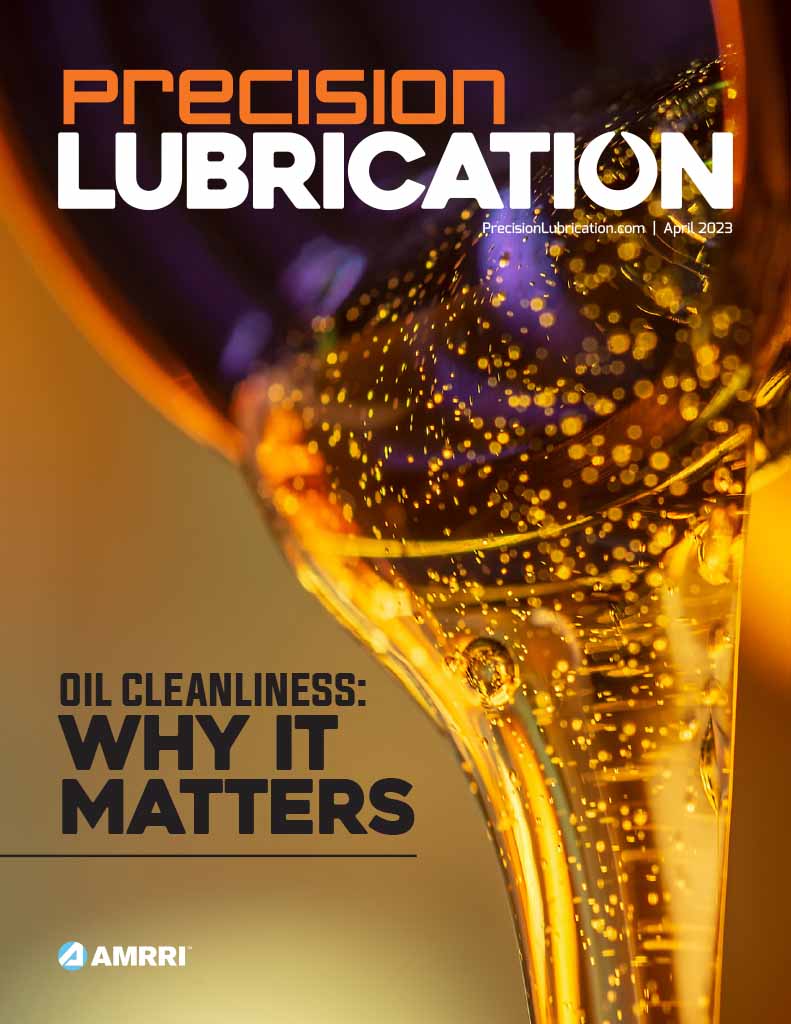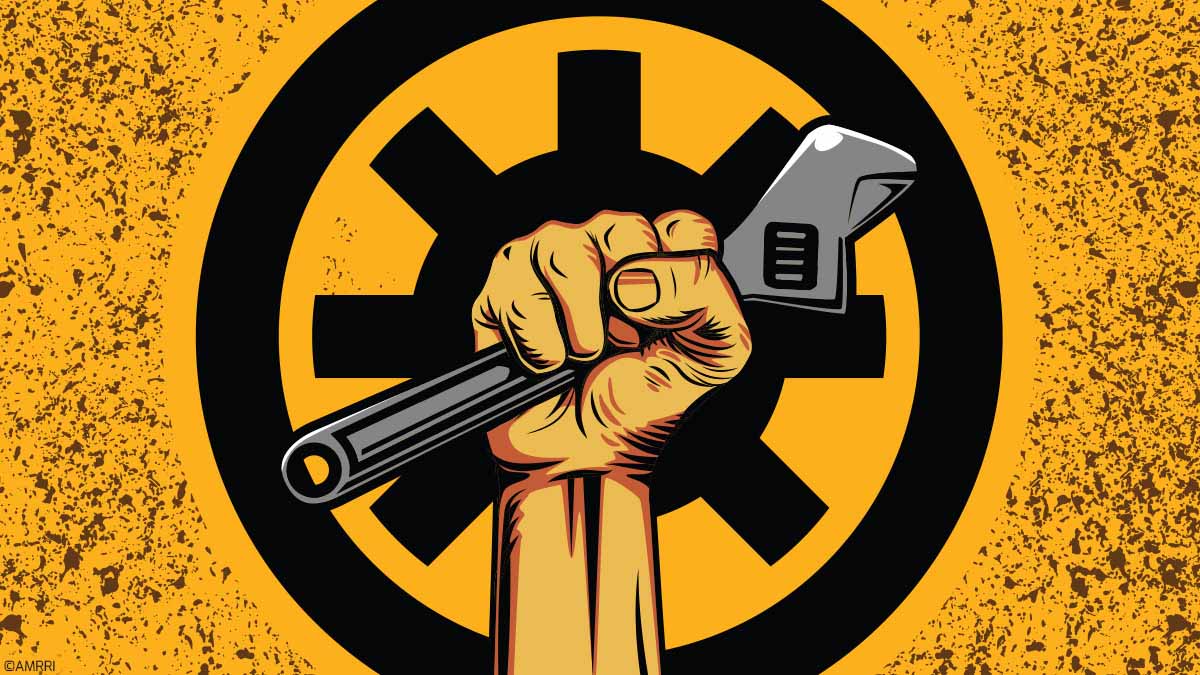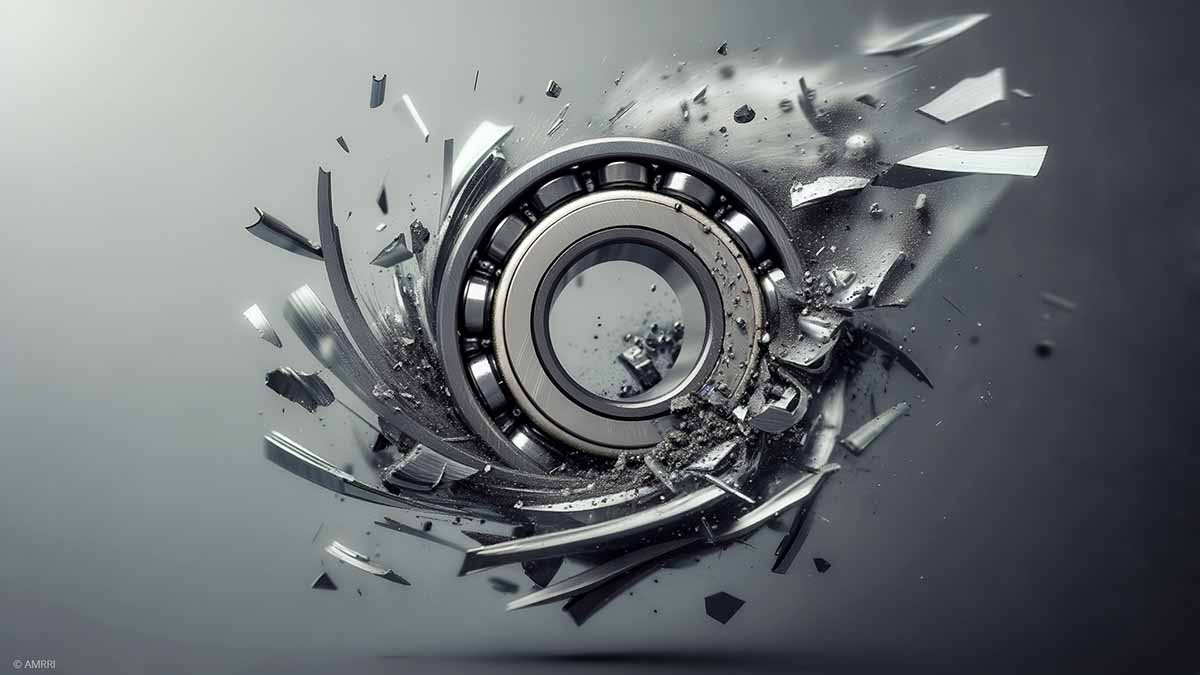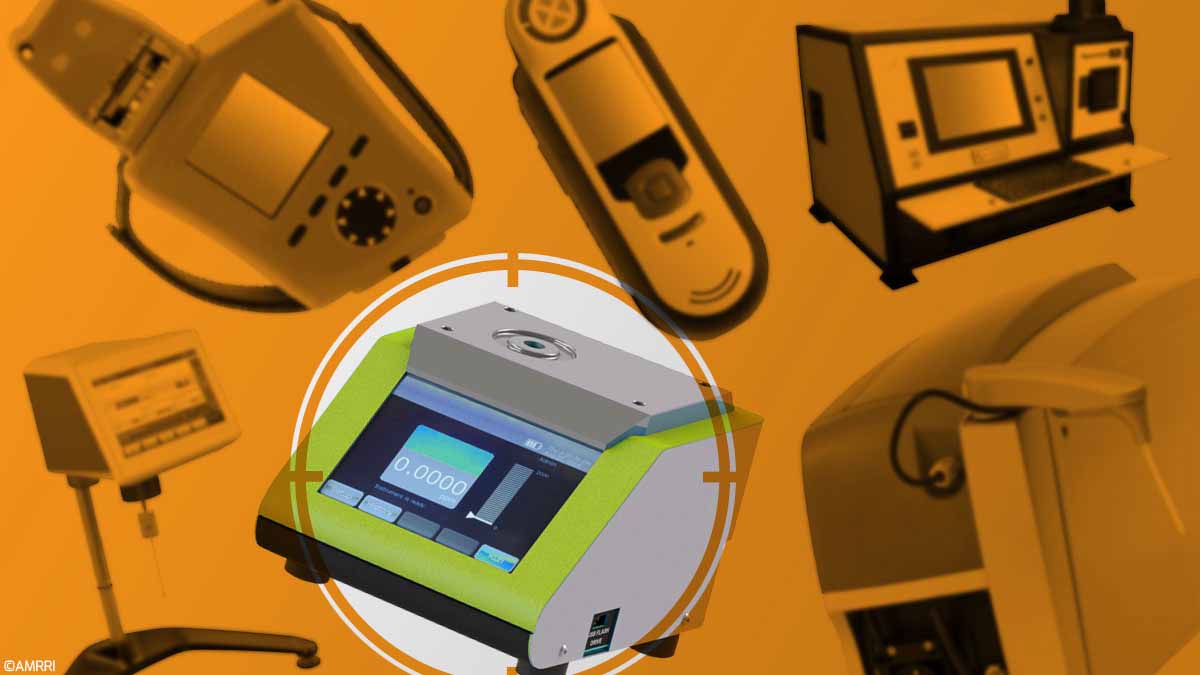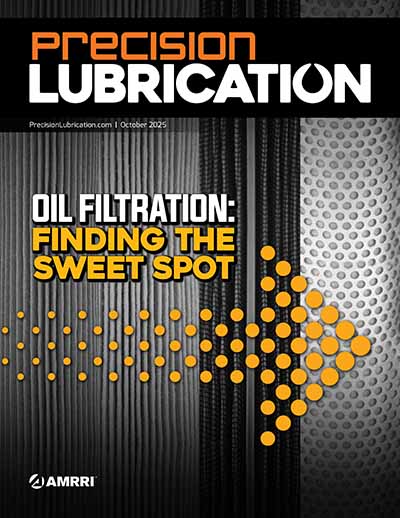featured
Seal the Deal: Practical Steps to Combat Contamination in Pumps
What Causes Wear? Contamination has frequently been identified as one of the major causes of premature wear on...
recommended
Oil Consolidation Reimagined: The 5S Method for Smarter Lubrication Practices
When we walk into a pharmacy, there are thousands of items. Some of them do the same job but have different names and...
Lubrication’s Hall of Fame: Meet the Top 10 Pioneers
In 1966, at the height of the "swinging sixties" movement, the world of lubrication, friction, and wear finally...
When Bearings Fail: A Fire Pump’s Hard Lesson in Reliability
In a Middle Eastern refinery, a newly commissioned fire water pump, crucial for emergency services, experienced...
How to Select Oil Analysis Tools That Align with High-Value KPIs
Oil analysis is critical to any reliability program, serving as an effective predictive tool for potential equipment...

Lubrication Scheduling Software
With capabilities not found in spreadsheets or CMMS systems, LUBE-IT manages every task at every lube point providing lube techs with all the information they need to keep equipment running and reliable.
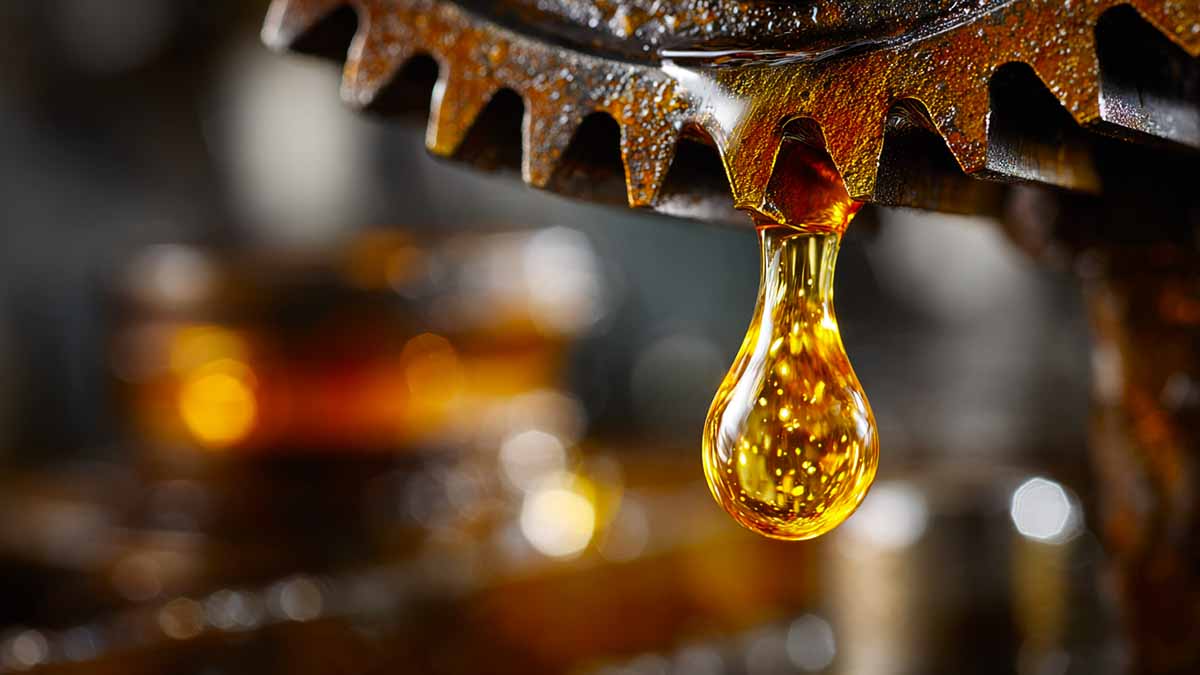
The Multi-Functional Role of Modern Lubricants in Machine Reliability
I was once asked, “Why are lubricants so different? Why can’t we simply buy a ‘one fits all’ oil and grease?” I explained that the old farmers' axiom, “Oil is oil, any oil will do,” may have had some merit 100 years ago, but it doesn’t now. In today’s world of...
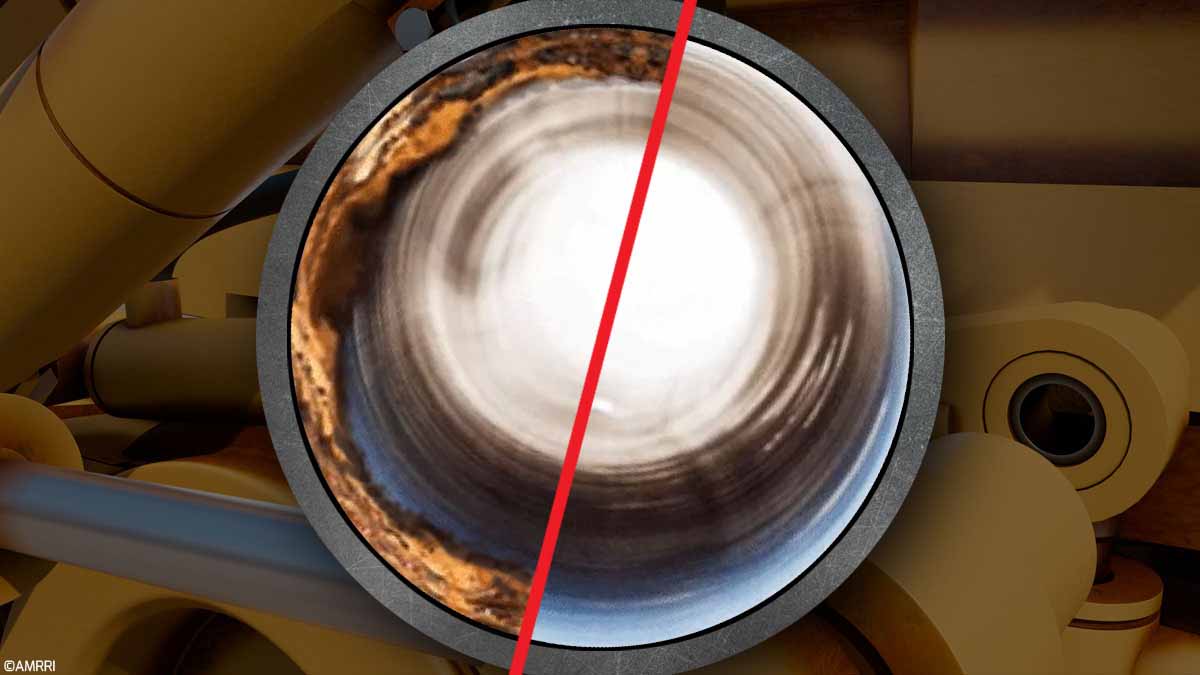
Extending Hydraulic Oil Life Through Targeted Varnish Removal
Hydraulic presses in Oriented Strand Board (OSB) mills are central and indispensable to OSB production. They exert an immense, uniform force required to compress wood strands and resin into durable panels, operating under exacting temperature and pressure conditions....

Lubrication Wins That Also Boost Efficiency and Longevity
Over the years, the one thing that has always struck me is how few reliability teams work with their counterparts in the Health and Safety and Environmental departments. Linking Lubrication to ESG and Sustainability Goals To quote the guru, Ron Moore, in his article,...

How to Extend Oil Drain Intervals Safely Using Condition Monitoring
What is Condition Monitoring and Why Is It Important? In this age of artificial Intelligence and sensors that pop on and off, we often forget about the basics and where things all started. Condition monitoring began as a way to detect anomalies in our equipment using...
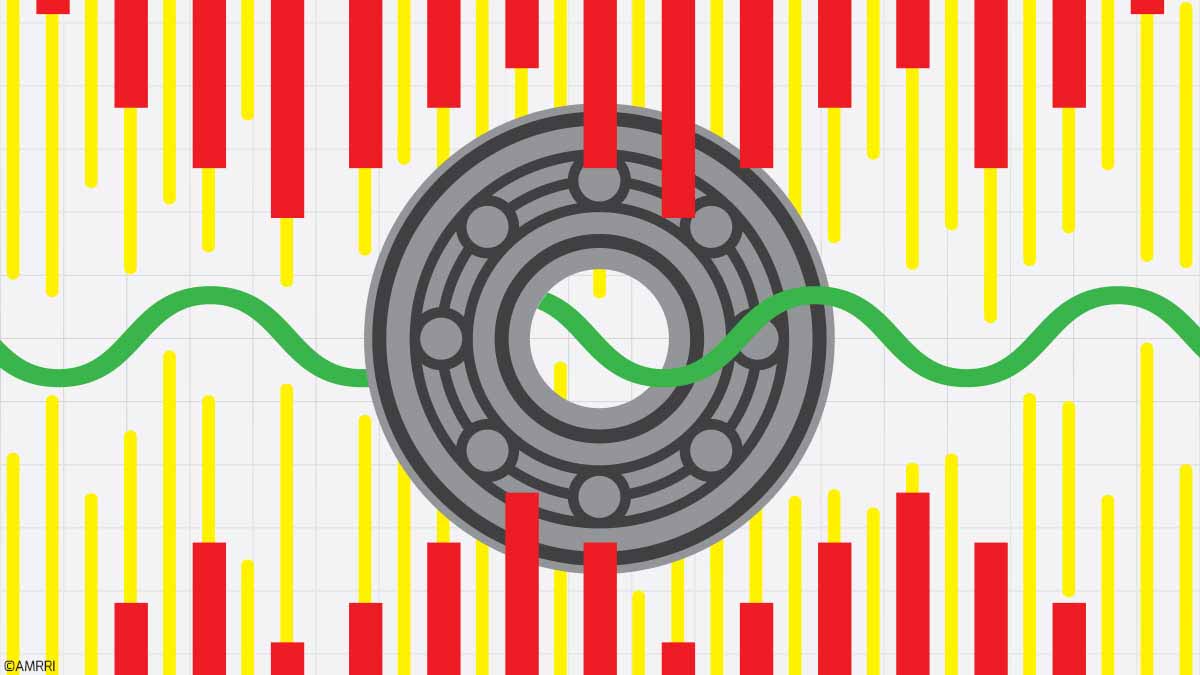
Making Smart Grease Choices When Bearing Specs Are Unknown
Challenges in Grease Selection Without Full Bearing Specifications Bearing manufacturers have provided a significant amount of detailed advice for lubricant selection, application, and replenishment. Formulas used by the machine designers incorporate details that are...

